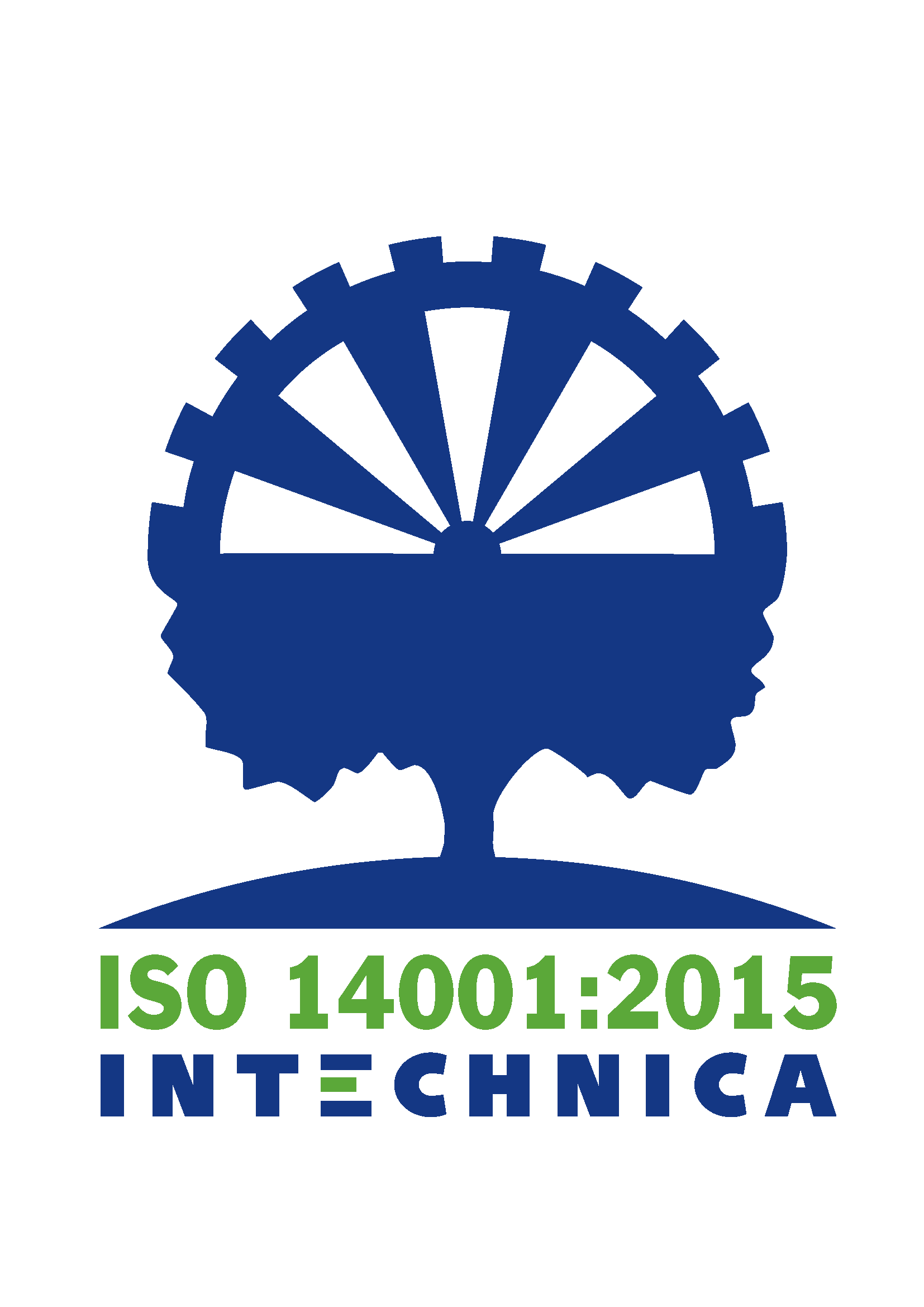Tension springs are one of the basic types of springs used in various applications. They are widely used in industrial machinery, automotive applications and other areas where a reliable and long-lasting spring is needed. Tension springs are used to exert axial force and compress when loaded. In this article we will take a closer look Tension springs according to the DIN 2098 standard and what advantages they offer.
Understanding of the DIN 2098 standard for tension springs
The DIN 2098 standard specifies the technical requirements for tension springs. This standard defines the dimensions, tolerances, materials and test methods that must be adhered to for the manufacture of tension springs. By adhering to this standard, manufacturers can ensure that their tension springs meet the required quality standards.
The DIN 2098 standard refers to tension springs with cylindrical coils made from round wires. It also specifies the calculation methods for the spring constant, spring force and other important parameters. By adhering to this standard, tension springs can be manufactured with high precision and repeatability.
Main features and specifications of tension springs according to DIN 2098
Tension springs according to DIN 2098 are characterized by various features and specifications that give them high performance. These springs are available in various wire diameters, spring diameters, spring lengths and spring coil numbers. Specifications vary depending on the requirements of the specific application.
An important parameter of tension springs is the spring constant, also known as spring stiffness. This constant indicates how much the spring will be compressed when a certain force is applied. The higher the spring constant, the more resilient and stronger the spring is.
Another important specification of extension springs is the maximum load the spring can withstand without permanently deforming. This load limit is called spring force and is an important factor in selecting the correct spring for an application.
Advantages of using tension springs according to DIN 2098
The use of tension springs that comply with the DIN 2098 standard offers several advantages. Firstly, compliance with the standard ensures high quality and reliability of the springs. You can rely on the spring to deliver the performance you need and have a long lifespan.
Tension springs also offer high resilience and resistance to deformation. This allows them to maintain their shape even under extreme conditions and high loads. This makes them ideal for demanding applications where high forces act on the spring.
Another advantage of using tension springs is their availability. Because these springs are manufactured to a widely used standard, they are available from many suppliers and manufacturers. This makes it easier to source and replace springs when necessary.
Applications of tension springs
Tension springs according to DIN 2098 are used in a variety of applications. In industry, they are used in machines and devices to exert axial force, such as presses, punching machines and valves. In the automotive industry, tension springs are used in chassis components, braking systems and folding mechanisms.
In addition, tension springs are also used in household appliances, toys, medical devices and many other applications. They offer reliable force application and are able to carry various loads.
Factors to consider when selecting extension springs
There are several factors to consider when selecting tension springs according to DIN 2098. First, it is important to understand the specific requirements of your application. This includes the required spring force, spring length, spring diameter and other parameters.
It is also important to choose the correct wire diameter for the spring. A wire that is too thin can lead to overloading of the spring, while a wire that is too thick can lead to excessive stiffness and an increased spring diameter.
Choosing the right material for the spring is also important. Extension springs are made from various materials such as stainless steel, carbon steel and other alloys. Choosing the right material depends on the requirements of your application, including ambient temperature, corrosion resistance and mechanical properties.
Proper installation and maintenance of tension springs
The correct installation and maintenance of tension springs according to DIN 2098 is crucial for their performance and service life. When installing it is important to consider the correct installation length and angle. This ensures optimal function of the spring and prevents excessive stress or deformation.
Regular maintenance of tension springs is also important to maintain their performance. This can include checking for wear, functional testing and replacing springs if necessary. Regular maintenance allows problems to be identified early and resolved before they cause major damage.
Common misunderstandings about tension springs according to DIN 2098
There are some common misunderstandings about tension springs according to DIN 2098 that we would like to clarify here. A common misconception is that all tension springs are the same and no precise selection is required. In fact, extension springs vary in terms of their specifications and performance. It is important to select the correct spring for your specific application.
Another misunderstanding is that tension springs according to DIN 2098 can always be operated with the maximum load. In reality, it is important to understand the spring’s load limits and not to load it beyond these. Excessive loading can cause premature fatigue and spring failure.
Sources of supply for tension springs
There are various sources of supply for tension springs according to DIN 2098. You can purchase these springs directly from manufacturers or through specialized dealers and suppliers. It is important to choose a reliable and qualified supplier who offers high quality springs that meet the requirements of the DIN 2098 standard.
Conclusion and final thoughts
Tension springs according to DIN 2098 offer a reliable and long-lasting solution for applications that require axial force. By complying with the DIN 2098 standard, manufacturers can ensure that their springs meet the required quality standards.
When selecting tension springs, it is important to consider the specific needs of your application and select the correct spring. Proper installation and regular maintenance of springs also contribute to long-term performance.
Rely on reputable suppliers and manufacturers to source high-quality tension springs. Don’t compromise on the quality and reliability of your springs.
Tension springs according to DIN 2098 offer optimal performance and high resilience. Choose these springs if you need a reliable and long-lasting solution for your applications. Do not hesitate to contact us to get high-quality extension springs according to DIN 2098 and get the most out of your projects.









Leave A Comment